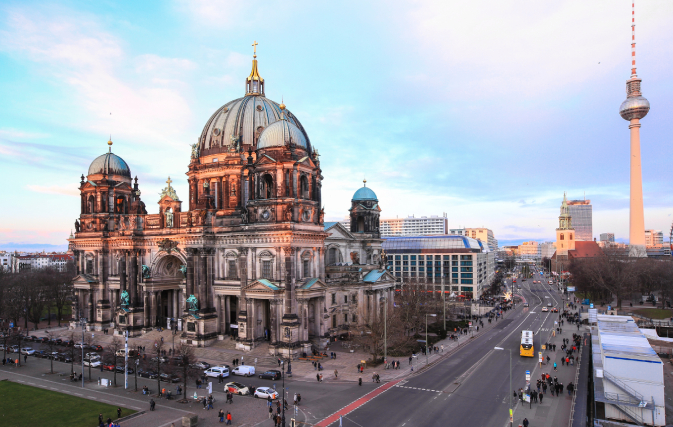TORONTO — The German National Tourist Board (GNTB) is “cautiously optimistic” for the second half of the year following a 3.3% increase in tourist arrivals in June.
According to provisional figures from the Federal Statistical Office, 39.8 million international overnights were registered across hotels and accommodation establishments with more than 10 beds between January and June, a 3% (1.2 million) increase from the same period the previous year.
“Destination Germany is positioning itself well within the increasingly competitive market,” said Petra Hedorfer, Chief Executive Officer of the GNTB. “According to the latest trend analysis by IPK International to develop international travel in line with the World Travel Monitor, Germany’s incoming tourism is performing better than the worldwide average (+3.5%) with an increase of 3.7%.”
Moreover, there was a 4.7% increase on comparative figures of the previous year in flight bookings made by overseas visitors throughout the first half of 2019, according to data by Forward Keys. The segment of advance bookings (at least 120 days prior to departure) grew far above average by 11%.
Gabriela Ahrens, Senior Director of Leisure Sales Home Markets at Lufthansa Group, said that in the first half of 2019, Munich Airport registered a new record of 22.7 million air passengers, with an increase just short of 5% (+one million additional passengers).
“Once again, the intercontinental segment proved to be the driver of growth, seeing a rise of over 10% within this period.”
The hotel segment is also seeing an uptick in numbers, said Markus Luthe, Managing Director of the German Hotel Association (IHA): “Bookings made by international guests are continuing to rise. With an increase of 4%, the average return per room (RevPAR) is even above the European average of 3.3%.”
Canada, which is among Germany’s top five incoming markets along with USA, Great Britain, Japan and Australia, continues to contribute big numbers. Said Evelina Hederer, Director of Business Development at Expedia Group Media Solutions: The demand from Germany’s top five incoming markets increased by more than 5% in comparison to the previous year within the first half of 2019. Berlin and Hamburg were particularly popular, with steady growth throughout the first six months, as were Cologne, Düsseldorf and the Black Forest, which even registered double-digit growth.”
Early indications for the second half of 2019 suggest ongoing stable development. According to Forward Keyes, advance flight bookings from overseas markets to Germany were up 2.1% above comparative figures of the previous year at the end of July.
However, GNTB remains cautious of what the future holds. Hedorfer added: “These latest analyses should not let us forget that we still have major challenges such as weaker economic growth in the eurozone, climate discussions, trade conflicts and the possibility of a no-deal Brexit to overcome.”

